PetroVietnam spurns environment damage claim
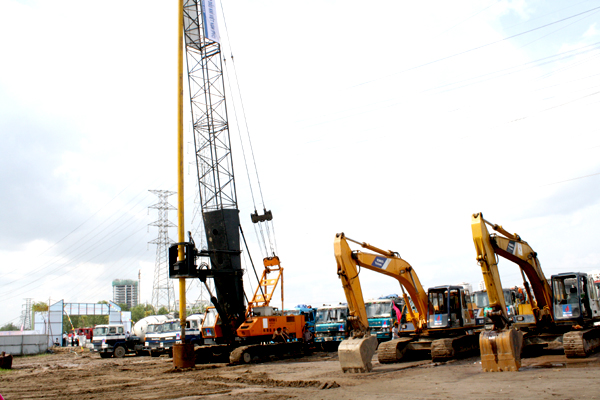
Photo source: pvc-me.vn
PetroVietnam last week sent a document to creditor Ex-Im Bank arguing that the $1.6 billion plant used a popular coal-fueled steamer, which is “an environmentally friendly technology that meets Vietnamese and international standards on emissions”.
Two weeks ago, Ex-Im Bank voted not to proceed with the financing of US exports to help build the coal-fired power plant in Vietnam, following a plea from US environmental groups to stop the project. The groups claimed that the project used outmoded subcritical boiler technology.
A source from PetroVietnam, the investor of the plant, who declined to be named, said the Thai Binh 2 thermal power plant was using technology from the US-based Babcock & Wilcox Company.
According to a report by Hong Kong-based environmental, health and safety consulting group, ERM, the Thai Binh 2 power plant meets the standards of the IFC, the World Bank Group’s financial arm.
Chairman of the Energy Association Tran Viet Ngai, a life-long power sector professional, also told VIR that the Thai Binh 2 power plant was using technology that complied with international standards on emissions.
“The total expected loan from Ex-Im Bank is only about $40 million. It will not have an adverse impact on the arrangement of capital and the construction progress of the $1.6 billion Thai Binh 2 thermal power plant if this bank refuses to lend,” Ngai said.
The source from PetroVietnam also revealed that a Japanese bank was poised to inject about $150 million into the project.
Located in the northern province of Thai Binh, the 1,200 megawatt Thai Binh 2 power project is a part of the Thai Binh thermal power centre, with a total output of 1,800MW. Covering a 254.2 hectare area, the centre consists of the Thai Binh 1 and Thai Binh 2 thermal power plants. The Thai Binh 1 thermal power plant, with a total designed capacity of 600MW, is being developed by the Electricity of Vietnam (EVN).
Construction on Thai Binh 2 began in 2011, with the first turbine expected to start generating power in 2015 and the second turbine coming online in 2016. When commissioned, the plant will contribute about 7 billion kWh per year to the national power grid.
What the stars mean:
★ Poor ★ ★ Promising ★★★ Good ★★★★ Very good ★★★★★ Exceptional
Latest News
More News
- How Masan employs dealmaking to build its consumer-retail platform (November 25, 2024 | 16:00)
- Kim Oanh Group: reaching out internationally (November 25, 2024 | 15:35)
- Takeda’s partnerships to deliver innovative medicine and vaccines (November 25, 2024 | 14:00)
- New SABECO R&D brewery to foster employee creativity (November 25, 2024 | 13:00)
- Operators embark on 5G services (November 25, 2024 | 12:00)
- Automating ports with 5G (November 25, 2024 | 10:41)
- Transforming accountancy with sustainability and ESG leadership (November 23, 2024 | 09:00)
- Vietnamese agricultural goods make Chinese e-commerce debut (November 22, 2024 | 20:04)
- Vietnam National Assembly adopts amended Law on Pharmacy (November 22, 2024 | 19:09)
- Power of partnerships: 30 years of Bayer in Vietnam (November 22, 2024 | 15:34)





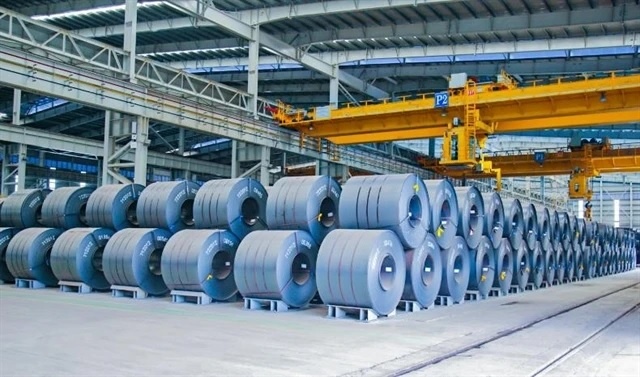
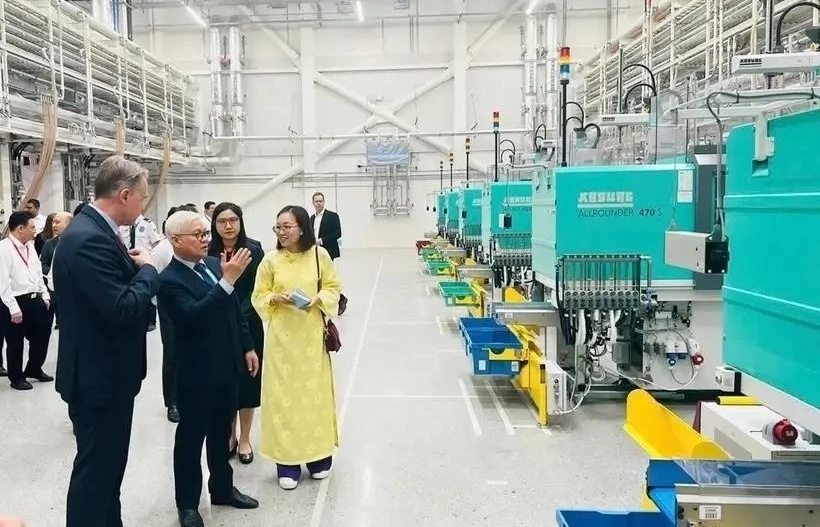
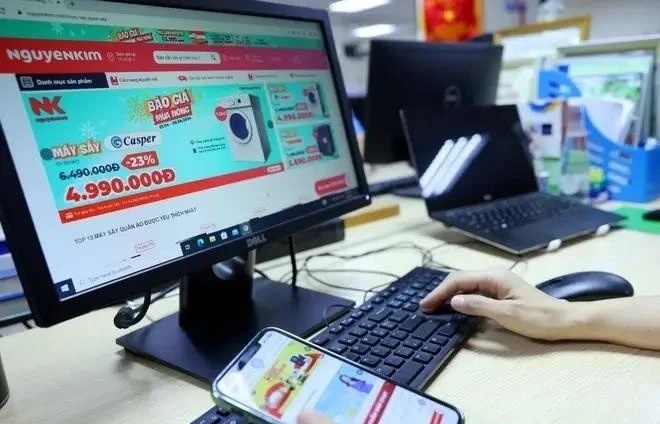
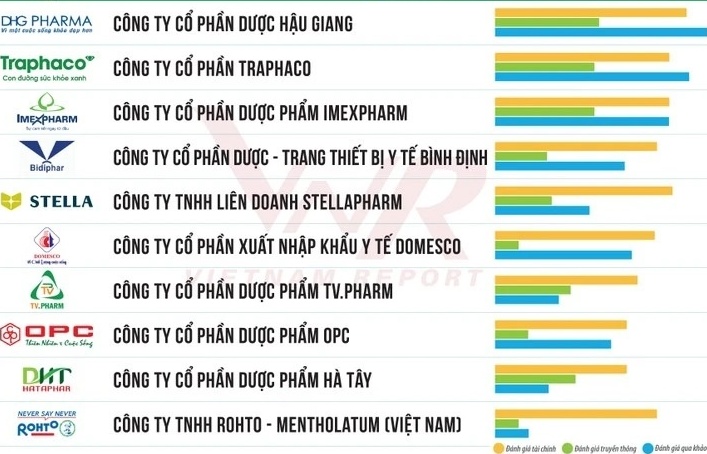




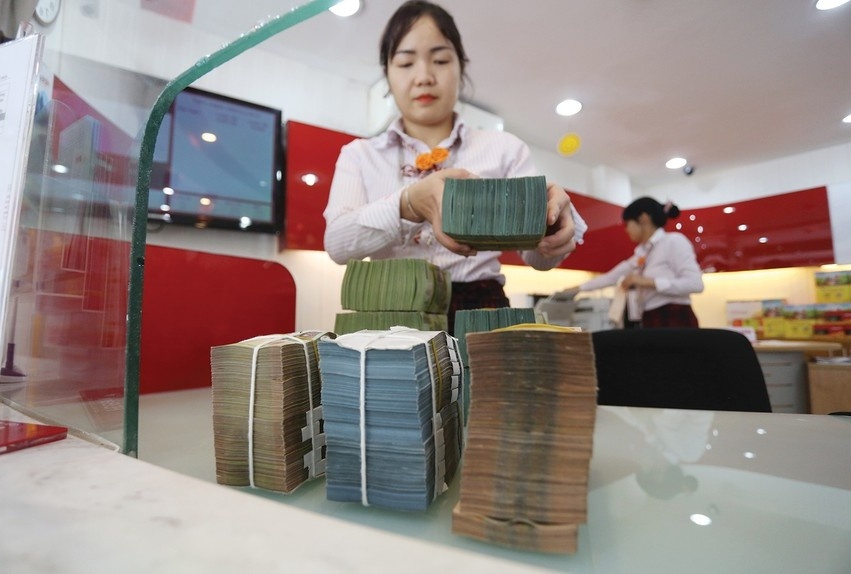
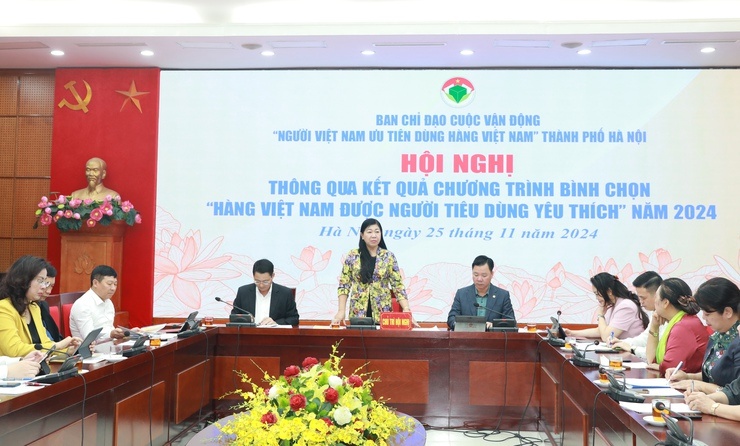
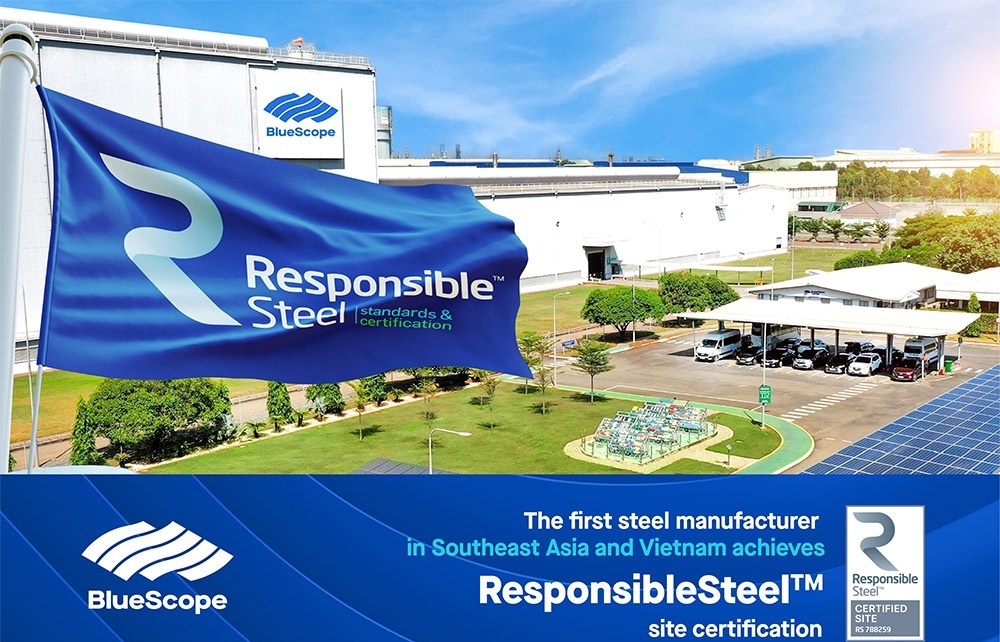




 Mobile Version
Mobile Version